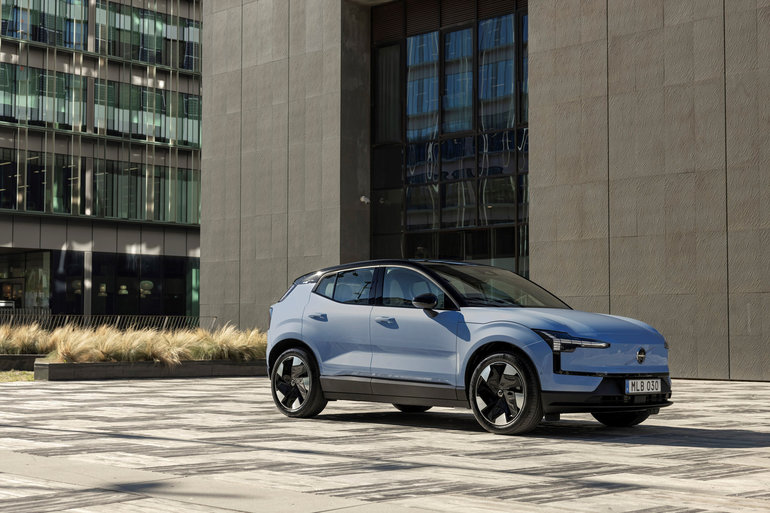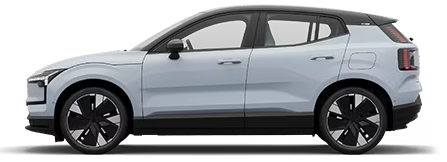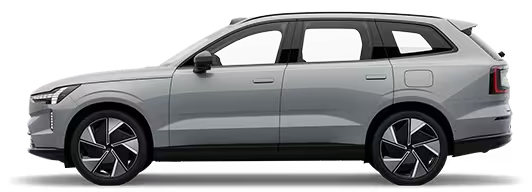Choosing Between the Single Motor and Dual Motor Versions of the 2025 Volvo EX30
November 21 2024,

The 2025 Volvo EX30 presents two distinct approaches to electric mobility. The Single Motor and Twin Motor variants share core technologies while delivering uniquely tailored driving experiences. This dual-path strategy enables Volvo to cater to different driving preferences without compromising the fundamental benefits of electric propulsion.
Single Motor Dynamics
The Single Motor configuration in the 2025 Volvo EX30 emphasizes balanced performance through rear-wheel drive. With 268 horsepower and 253 lb-ft of torque, this variant delivers engaging acceleration, reaching 100 km/h in 5.3 seconds. The rear-drive layout enhances handling characteristics while maintaining efficiency. Daily driving benefits from smooth power delivery and precise control, making this variant an excellent choice for drivers who prioritize balanced performance with maximum efficiency.
Twin Motor Performance
Moving to the Twin Motor variant reveals the full potential of the EX30 platform. The 422 horsepower and 400 lb-ft of torque, delivered through all-wheel drive, enable supercar-level acceleration of 3.6 seconds to 100 km/h. This configuration transforms the compact EX30 into a performance leader without sacrificing practicality. The dual-motor setup provides enhanced stability and confidence in varying weather conditions, making it particularly appealing for drivers in regions with challenging climate patterns.
Energy Management
Both variants utilize the same 69 kWh battery and charging systems. The DC fast-charging technology enables rapid charging from 10 to 80% in just over 26 minutes, while home charging requires about 8 hours. Energy consumption remains efficient at an average of 16.5 kWh per 100 kilometers. These consistent charging capabilities ensure that owners can easily integrate either variant into their daily routines without concern for charging logistics.
Advanced Power Distribution
The sophisticated power distribution systems in both variants optimize performance and efficiency. In the Twin Motor variant, power can be instantly redistributed between front and rear axles to maintain optimal traction. The Single Motor configuration benefits from precise power delivery to the rear wheels, enhancing dynamic handling characteristics while maintaining efficiency. Since the battery’s weight is situated in the middle of the wheelbase, traction on slippery roads with the Single Motor variant is much better than in gasoline-powered RWD cars, where most of the weight is on the front axle.
Conclusion
The 2025 Volvo EX30's dual powertrain strategy demonstrates that electric vehicles can excel in multiple roles without compromise. Whether choosing the efficient Single Motor variant or the high-performance Twin Motor configuration, owners receive a thoroughly engineered vehicle that combines practical utility with impressive performance.





















